Wine
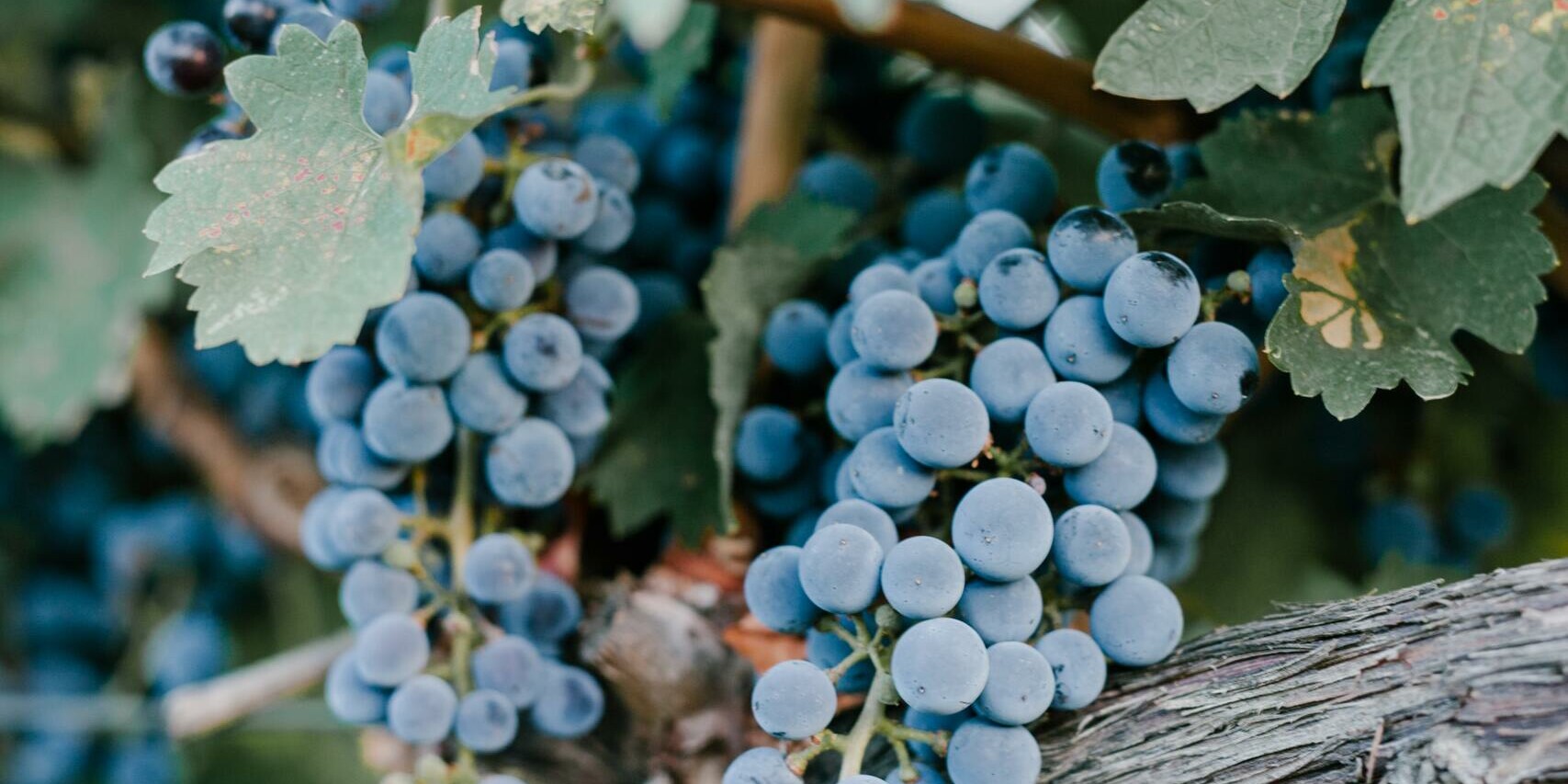
Autumn has arrived, even if sometimes it doesn’t seem like it. In spite of still quite summer temperatures, the vines are already changing color and this means only one thing: harvest.
The cultivation of the vine is a continuous process, which lasts twelve months and follows a cycle that has its official beginning in April, with the birth of the first grapes. Flowering follows and then, finally, the berries are formed and gradually swell; between the second half of August and the end of October, the grapes are ripe and ready to be harvested.
Cross and delight of every winery, the grape harvest marks the end of August and the beginning of a new phase, welcomed every year with enthusiasm and joy. It is also the moment of truth, the one where you finally have the certainty of having worked well and have raised your vines in the best way.
The vine is not cultivated, the vine is reared: the care that must be reserved for the vine is constant and daily. A newly planted vineyard will not bear fruit for at least three years; he is a child to be raised and cared for while preparing him for adult life.
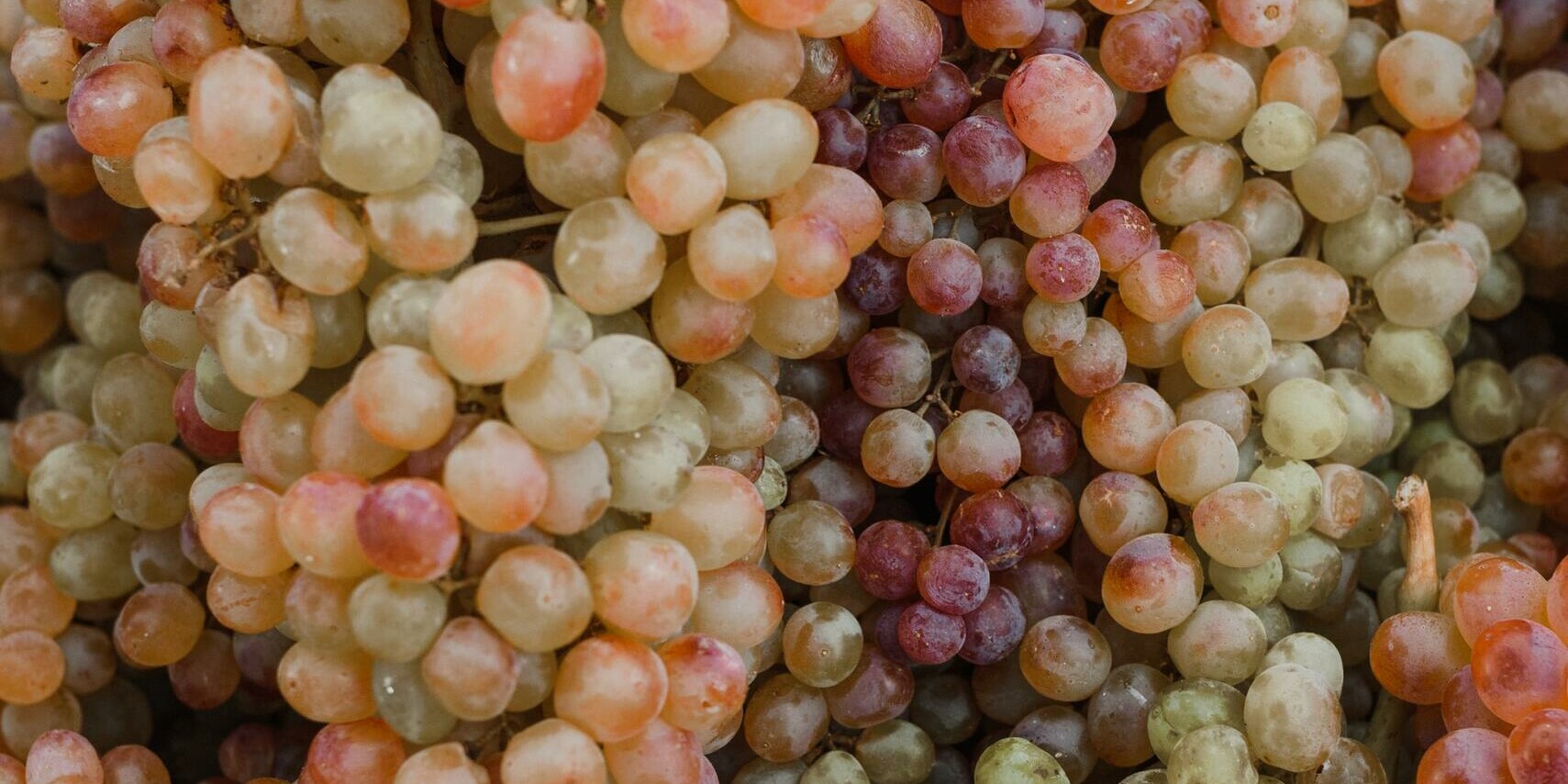
Daughter of difficulties, happy in less fertile soils, the vine can also prove to be very demanding; for her, temperature, climatic conditions and humidity are fundamental. It goes without saying that the bond that is created with the vine, for agronomists and growers, is almost symbiotic: sacred respect is paid to the vine and the vine responds by filling its branches with fruit. And it is no coincidence that the passion for this ancient and fascinating practice is often handed down from generation to generation.


History and myths of the grape harvest
Harvesting is an ancient practice like the cultivation of grapes itself: the earliest evidence of this practice dates back to more than ten thousand years ago. In ancient Mesopotamia, that strip of land squeezed between two rivers from which a large part of our civilization was born, we already find the first evidence of harvests.
In the Roman tradition we find instead traces of the Vinalia Rustica: in practice, a harvest festival. For the ancient people, every harvest was sacred, a moment of communion with Nature that had generously granted its fruits: the grape harvest, then, was enriched with other meanings, connected to the cult of the god Bacchus / Dionysus, wonderful and terrible god, lover of music and confusioncapable of tremendous deeds as well as marvelous works.

According to Varrone, a Roman scholar and agronomist, the Vinalia Rustica were however dedicated not to Bacchus, but to his father Jupiter: it was in fact the powerful father of the gods who supervised the harvest, as wine was the fundamental element of every religious celebration.
Ovid, on the other hand, links the Vinalia to Venus, attributing their birth to Aeneas, the mythical leader sung by Virgil and son of the goddess: and on the other hand, already at the time the intoxication of wine was compared to that of love.
There was another festivity connected to wine, the Vinalia Priora: these days celebrated the new wine and concluded with the tasting of the new year. The Vinalia Rustica was instead a feast of the countryside, in which Jupiter was prayed together to grant a good harvest and at the same time thanks to him for not having ruined the vineyards with the storm or drought. Only after a sacrifice to Jupiter the harvest could begin.
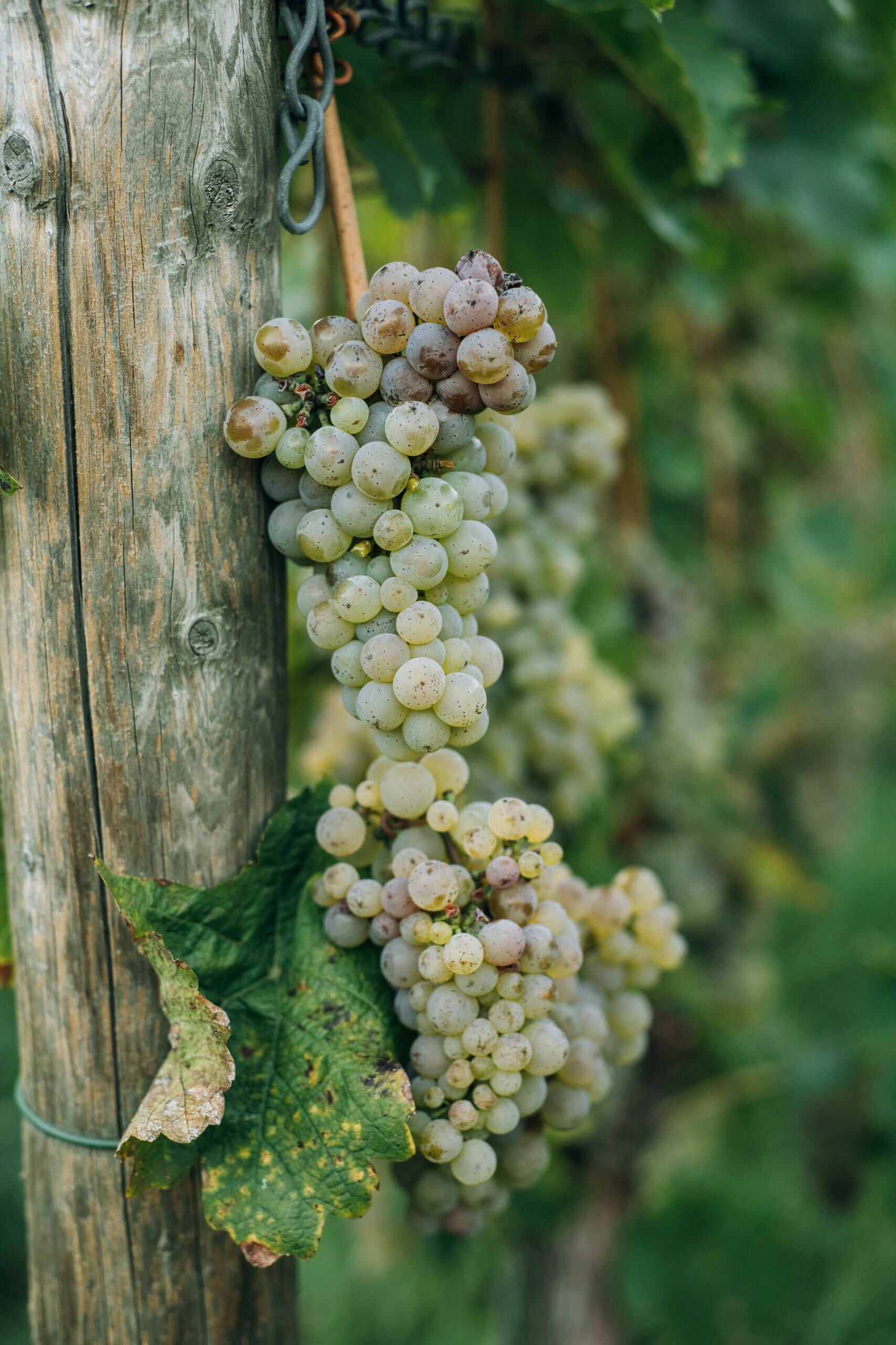
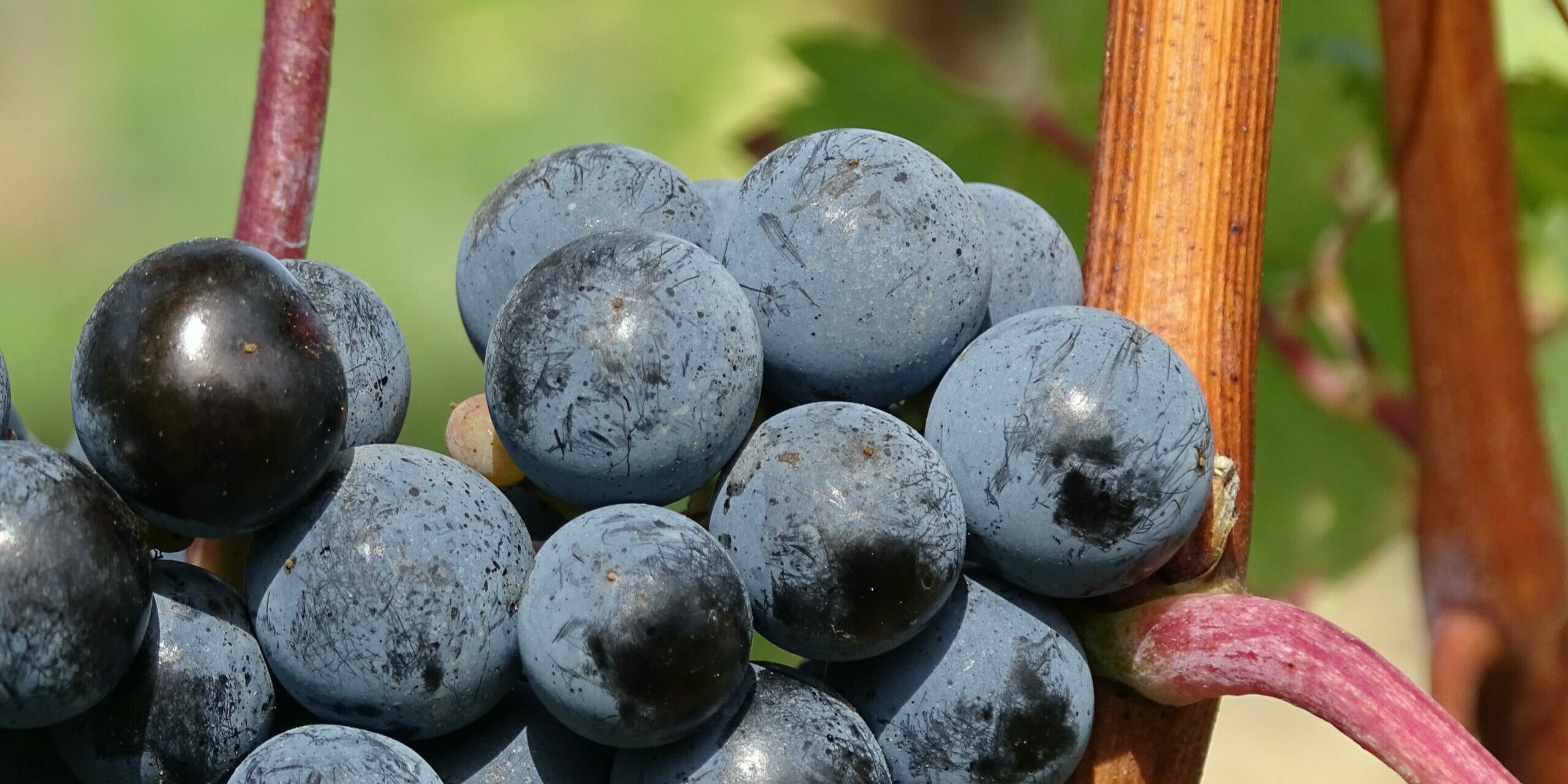
Even in the following centuries, in the countryside all over Italy, the harvest was considered a feast, a moment of union between neighboring families: a rite that sanctioned the beginning of autumn and that celebrated the eternal passing of the seasons, the celebration of a effort that unites people towards a common goal. After the harvest, the merenda sinoira arrived in Piedmont: a long meal, halfway between a snack and an aperitif, to sanction that simple pact of mutual aid.
In fact, the harvest until a few years ago was done by hand: dozens and dozens of hands examining the rows, rummaging under the leaves, removing only the best bunches from the plant and carefully checking their health. Dozens of people who go up and down the steep and narrow hills, holding baskets full of grapes on their shoulders to be transported to the cellars, where the pressing takes place.
Harvesting is a huge job, to be carried out in the early hours of the day or in the evening, when the temperatures are not suffocating: it is clear that, when the farms were less structured, the only way to conclude the harvest in a short time was rely on the mutual aid network, so steadfast in the country villages.
During the harvest friendships were strengthened and the social pact was renewed.
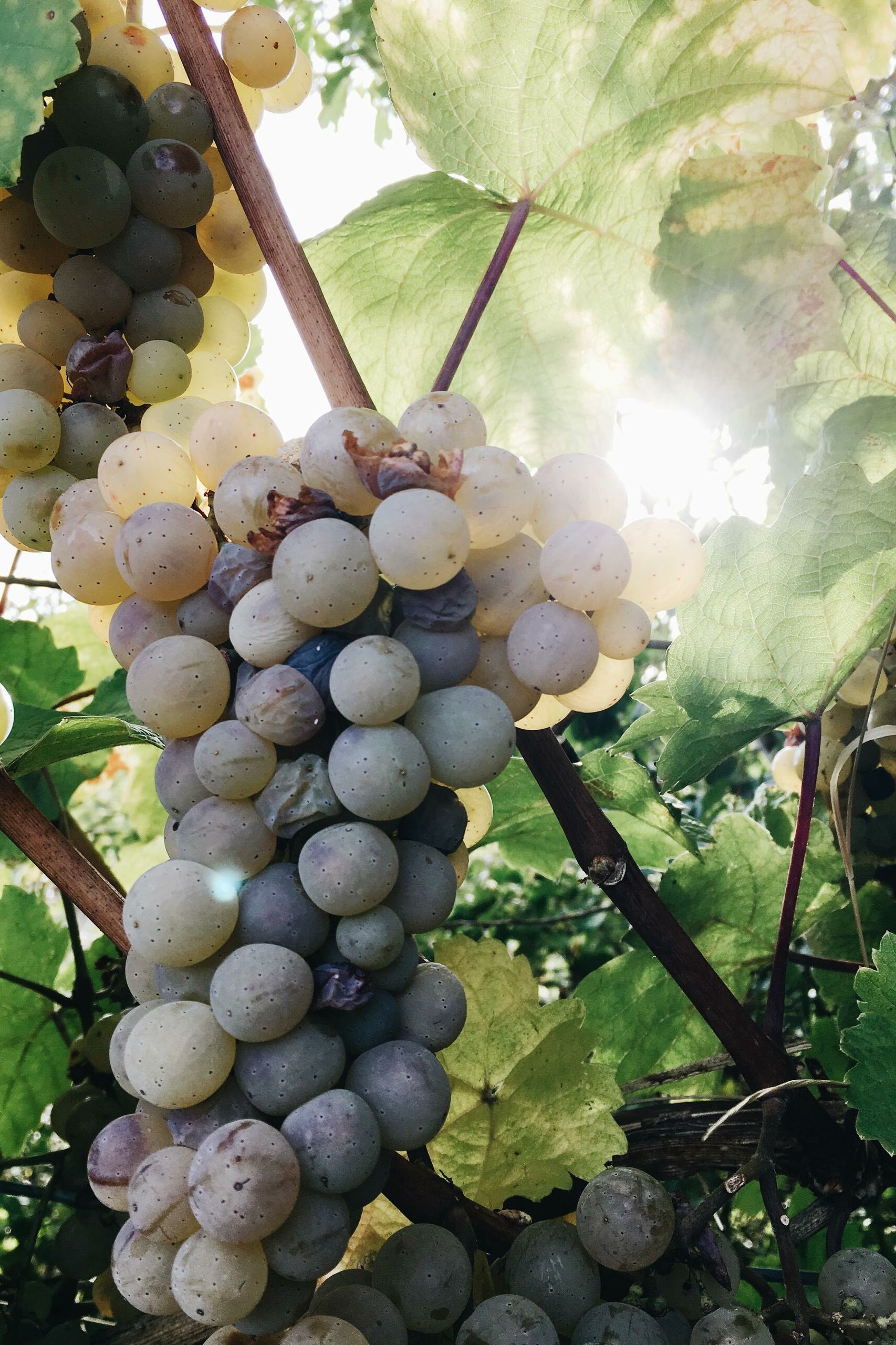
How to harvest today
Today the needs of structured companies have partially modified this ritual. There are grape harvesting machines, but they are usually used for large vineyards in less steep and more flat areas.
The basic procedure remains the same for both manualand mechanical harvesting. The suitable bunches must be separated from those of insufficient quality, detached from the vine and placed in baskets; once the baskets are full, the grapes are ready to begin their journey to the cellar. A journey that will lead her to become wine and then grappa.
Each year, the harvest varies its beginning based on many considerations, for example the soil type, L’exposure to the sun of the vineyard and the type of farming: in fact the grapes must be ripe. When the grapes are ripe, it is a matter dictated both by nature and by the competence of the producer, who may decide to delay the harvest of some vines to make them acquire certain characteristics.
- However, it is usually the white vines that ripen earlier to open the dances of the harvest. In Piedmont, the harvest is usually started with Arneis and Moscato Bianco, followed by sweet reds, such as Brachetto and Dolcetto.
- We then arrive towards the end of September, when the Barbera is harvested, and finally, in October, the Nebbiolo is harvested: according to a strict disciplinary, it will become Nebbiolo, Barbaresco, Gattinara or Nebbiolo wine.
- In some states, for example in Germany, Austria and some areas of northern Italy, the grapes are left on the vine until they freeze: this is how Icewine, the “ice wines”, are produced.

After the harvest
After the harvest, the grapes are brought to the cellar and here they are used for the production of wine: to do a great job in the cellar it is essential that the grapes are fresh, not crushed, not wet. Furthermore, the grapes must be selected and only the best bunches have the honor of becoming wine: a first selection is made in the vineyard, but in any case in the cellar the bunches are double-checked and the defective ones discarded. Furthermore, the grapes are cleaned of stalks and leaves which could pollute the must with unwanted scents.
